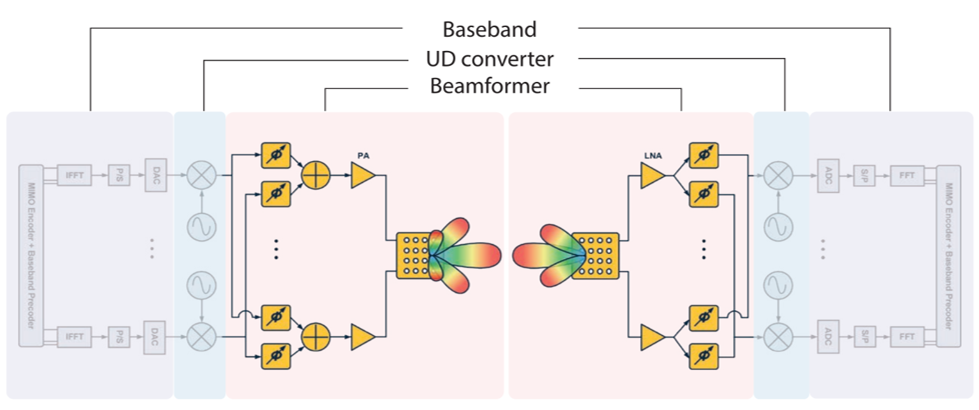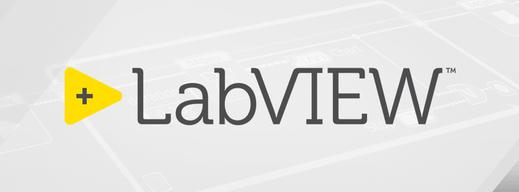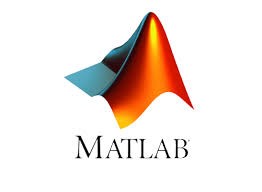RF Communication
What is Software Defined Radio (SDR)?
"Radio in which some or all of the physical layer functions are software defined."
Software-Defined Radio (SDR) refers to the technology wherein software modules running on a generic hardware
platform are used to implement radio functions.
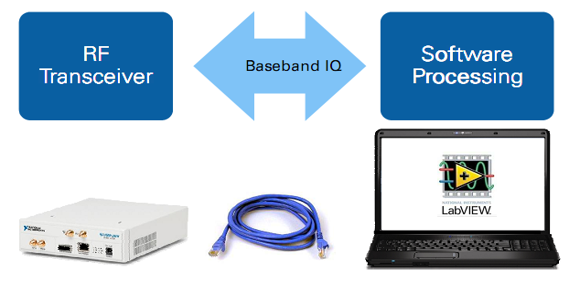
Components
SDR Hardware (NI USRP Series) → Real-world RF experiments
RF Antenna
LabVIEW/MATLAB/GNU Radio Software Integration → Simulation + implementation
Teaching Resources → Pre-built lab exercises, course modules, and documentation
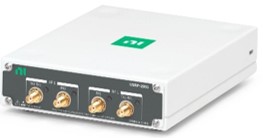

List of Experiments
- I-Q representation of RF Signals
- Implementation of AM, FM, BPSK, QPSK, QAM-Modulation and Demodulation
- Baseband QAM Modern-Modulation and Detection
- BER Measurement
- Pulse Shaping & Matched Filtering
- Synchronization-Symbol Timing Recovery
- Channel Estimation & Equalization
- Frame Detection & Frequency Offset Correction
- OFDM Modulation and Frequency Domain Equalization
- Synchronization in OFDM Systems
- Channel Coding in OFDM Systems
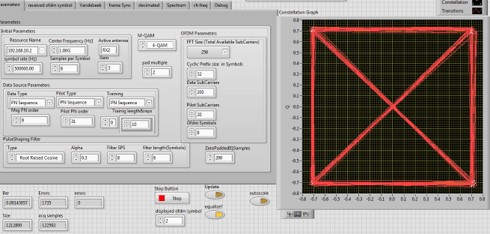
mmWave Expansion
A complete mmWave system is divided into three parts: the baseband, up-down converter and beamformer.
Baseband: Basically SDR which Performs baseband applications like modulation, demodulation etc.
Up-Down Converter: Mixes the IF/baseband signal with a Local Oscillator (LO) to upconvert into mmWave
(24–44 GHz).
Beam-former: Adjusts antenna phase output to transfer energy in a specific direction (Antenna-in-Package,
AiP).
